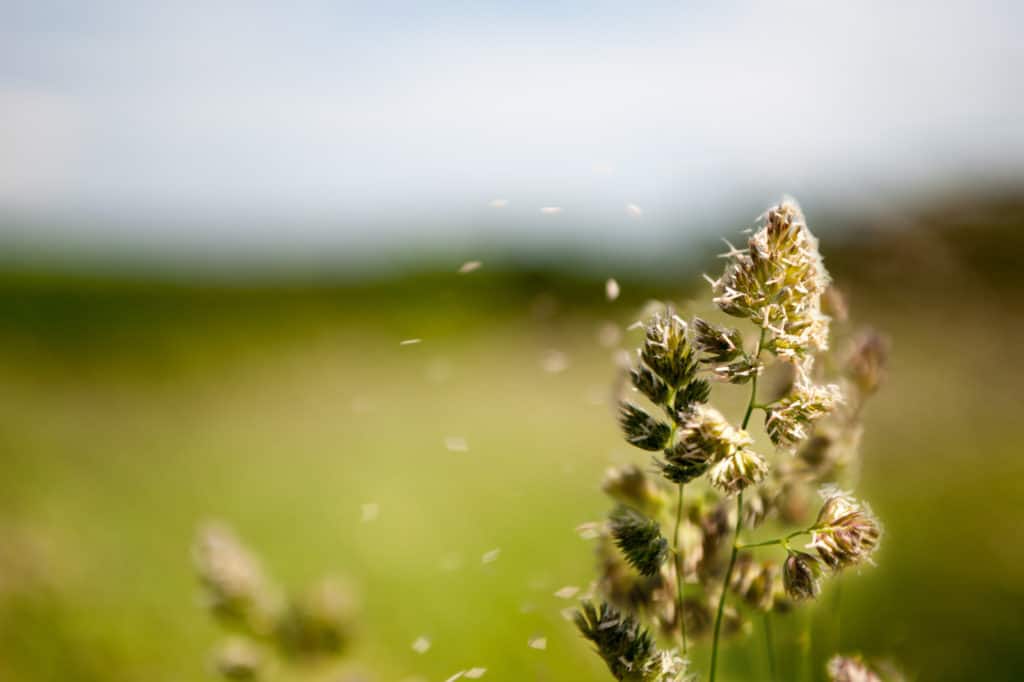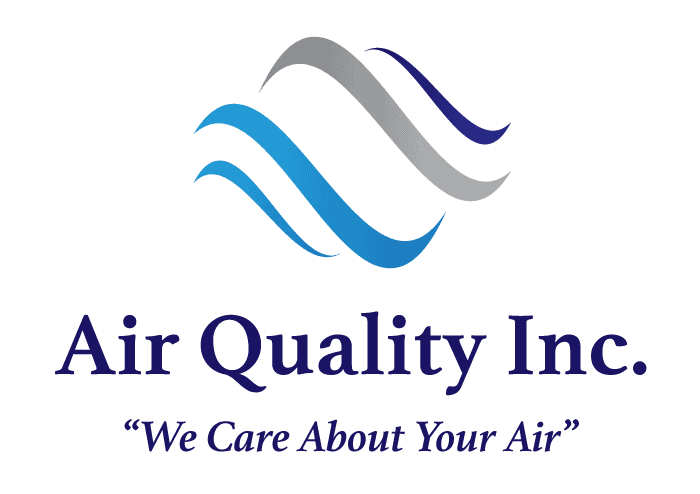Ah, Springtime, the season of warmer weather, budding flowers, and …allergies. Spring is a beautiful time of year, but unfortunately, many struggle to enjoy it due to the symptoms that accompany seasonal allergies. Here are some quick facts that you may not know about hay fever and what you can do to keep allergens out of your home.
Common Seasonal Allergy Symptoms
- Itchy, watery eyes
- Runny nose
- Congestion
- Sneezing
- Throat irritation
- Coughing
Less common symptoms include:
- Wheezing
- Shortness of breath
- Sinus pressure and headache
- Loss of sense of smell
- earache
Common Allergy Triggers
- Pollen: Pollen is the most common seasonal allergy trigger. You’ve probably heard the saying: “spring showers bring May flowers” This saying holds true as the sudden increase in rainfall causes dormant trees, flowers, and weeds to suddenly “spring” back to life. These plants release pollen into the air to fertilize others of the same species. Inevitably, we all wind up inhaling loads of these microscopic particles, sending the immune systems of those of us with allergies into a panic.
- Mold: Another side effect of the increased rainfall is mold. Obviously, the rain increases humidity in the air, creating an ideal environment for fungus and mold growth. In the same way that plants release pollen into the air, mold releases spores. While mold spores have been known to induce similar symptoms as pollen or pet dander, some report more severe reactions, like wheezing and trouble breathing.
Humidity: Humidity itself doesn’t cause allergies, but it can take existing triggers and amplify them. As mentioned above, increased humidity levels can create a breeding ground for allergy-inducing fungus, bacteria, and even microscopic arthropods commonly known as dust mites.
Is your Home Allergen-Free?
As you would expect, allergens such as pollen and mold are abundant outside your home, but what many fail to realize is over time, the air inside your home can become more contaminated than the air right outside your front door.
A lack of proper ventilation can cause air pollutants (such as pollen and mold spores) to become trapped in your home. It’s a good idea to check all ducts and vents to ensure that nothing is obstructing airflow in your home.
If your home is equipped with a humidification system, you may want to check your humidity levels as well. The EPA recommends keeping your humidity levels between 30-50%. However, you may consider lowering the level even more during the spring months.
Pro Home Allergen Testing
If you have taken the steps above and you are still struggling to escape seasonal allergy triggers, it may be time to get a professional involved.
Our home allergen tests will provide you with detailed diagnostic reports that will measure the exact concentration of pollutants that have been detected in your air. After the testing is complete, our expert team will help you find the perfect solution that will eliminate any allergens lingering in your home.
Contact Us Today
Your home should be a sanctuary where you can breathe easily without having to worry about allergy symptoms flaring up. At Air Quality Consultants, our licensed technicians are dedicated to providing the best air, mold, and water inspection services to the Virginia Beach and Richmond areas. If you suspect that your home is having trouble keeping your air clean, please don’t hesitate to contact us.




